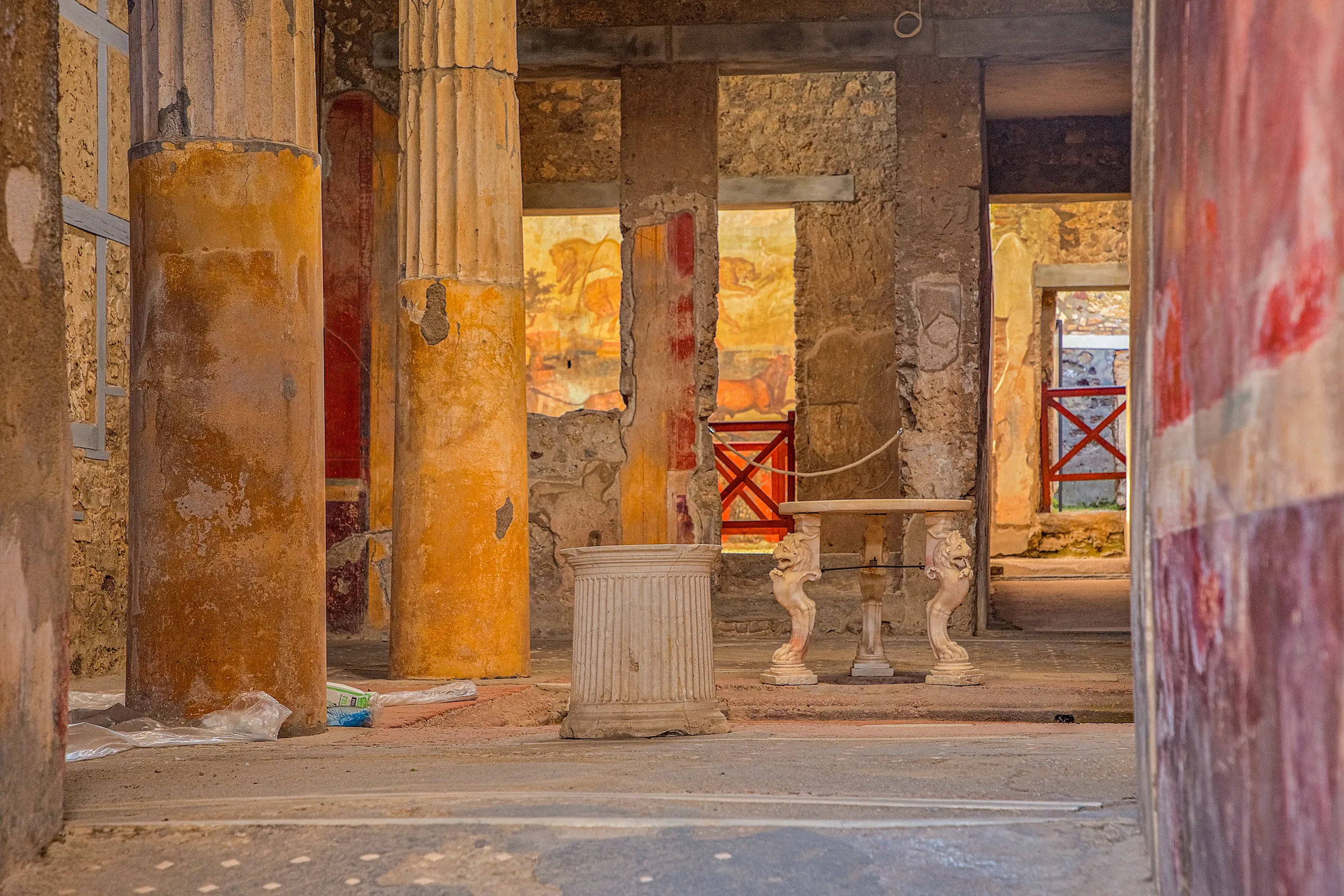In a remarkable feat of historical preservation and archaeological research, a Roman-era legionary armor uncovered in the ancient city of Satala in Turkey’s northern province of Gümüşhane has been carefully restored to its original shape. The Turkish Culture and Tourism Ministry has announced a repair effort that has restored to life a major piece of old military history: the “Lorica Squamata” type armor, the world’s only known example of its sort.
The armor’s incredible journey from excavation to restoration began in 2020, when it was discovered during archaeological investigations in Satala. The historical significance of the location led to the discovery of this unique relic, which was subsequently moved to the Ankara Regional Laboratory for initial investigation and documentation. Recognizing the necessity for expert repair efforts, the armor was transferred in 2021 to the Erzurum repair and Conservation Regional Laboratory Directorate.
The initial step of documentation included thorough x-ray and CT investigation at Erzurum Atatürk University. These sophisticated imaging techniques supplied important information about the armor’s specific dimensions and metallurgical characteristics. The x-ray readings were particularly interesting, demonstrating that the armor was nearly totally intact—a rare and fortunate discovery for such an ancient antique.
Over three years, scientists at the Erzurum Restoration and Conservation Regional Laboratory meticulously conserved and restored the armor. To guarantee precision during the restoration process, each Lorica Squamata plate was properly tagged and cataloged. The last steps required reassembling the armor and stitching it on a mannequin, faithfully returning it to its original appearance.
Culture and Tourism Minister Mehmet Nuri Ersoy emphasized the restoration project’s historical and cultural significance. “The Roman legionary armor, discovered in 2020 at Satala as a historical treasure of Gümüşhane, was repaired in three years. The only ‘Lorica Squamata’ model armor known in the world, which was resurrected in competent hands at the Erzurum Restoration and Conservation Regional Laboratory, has survived to this day in nearly flawless shape,” he said. Ersoy also thanked the workers of the General Directorate of Cultural Heritage and Museums for their devotion to this great accomplishment, which provides a rare glimpse into the Roman Empire’s military past.
This excellent restoration not only preserves a unique piece of Roman military history, but it also demonstrates the superior capabilities and devotion of Turkish conservation professionals. The Lorica Squamata armor is more than simply a relic; it is a physical link to the Roman Empire’s long history, showcasing the brilliance and creativity of Roman military engineering.
The endeavor exemplifies the painstaking craftsmanship of antique armorers and the accuracy of current restoration techniques. By reviving ancient armor, the Erzurum Restoration and Conservation Regional Laboratory has offered historians, archaeologists, and the general public with a priceless resource for comprehending Roman military history. It also emphasizes the significance of ongoing investment in the preservation of our common cultural legacy.
Finally, the restoration of Satala’s Roman-era legionary armor is a watershed moment in archaeological conservation. It adds to our understanding of Roman military equipment and provides a deep link to the ancient world. The Lorica Squamata armor will be valued by future generations as both a historical item and a reminder of the ongoing necessity of cultural preservation, thanks to the devotion and competence displayed in this effort.









